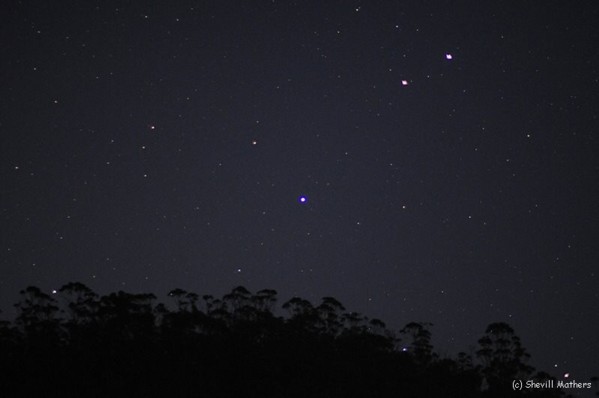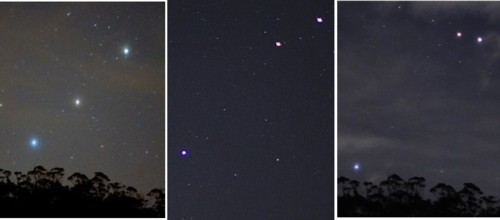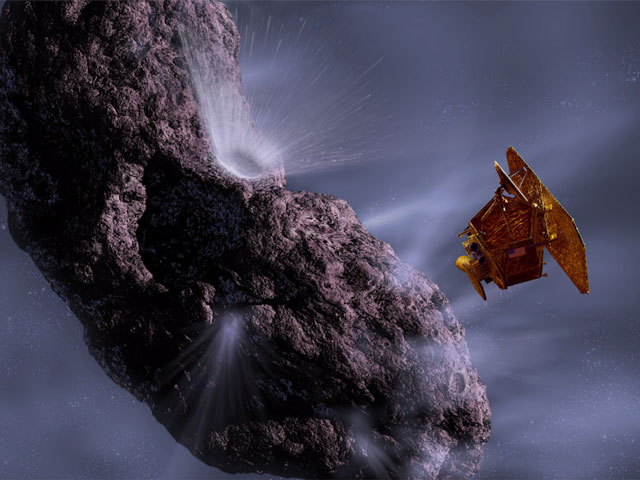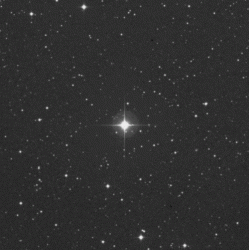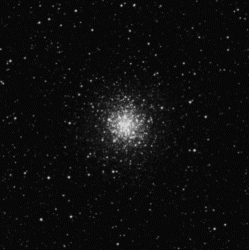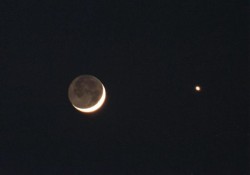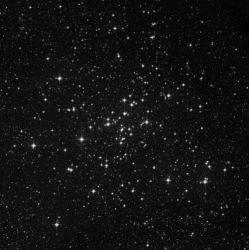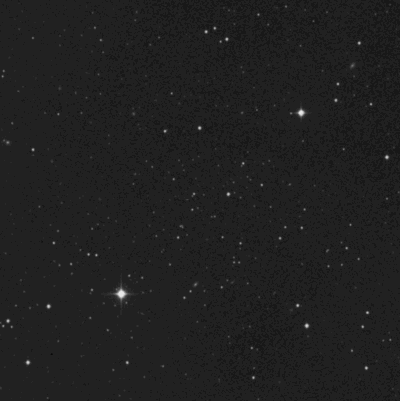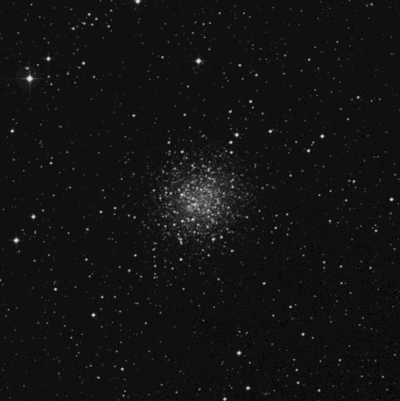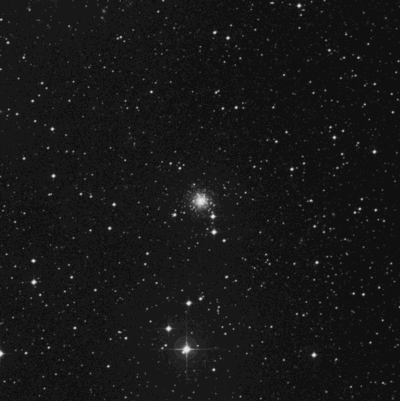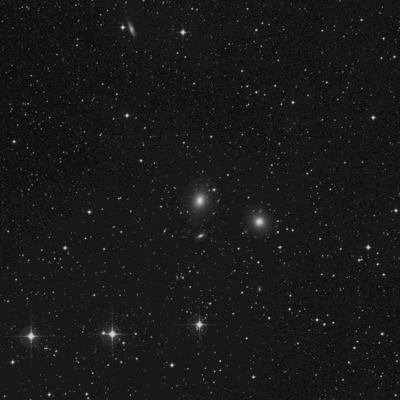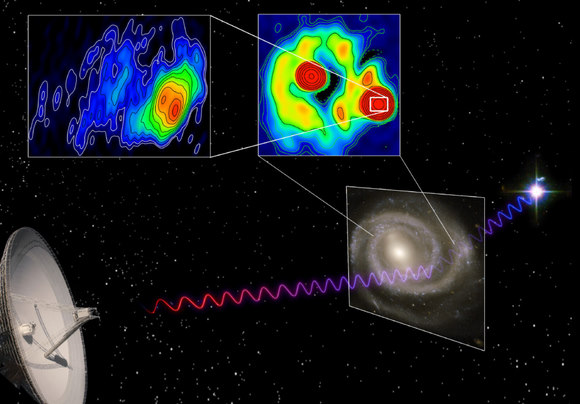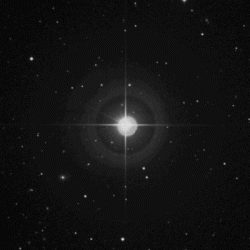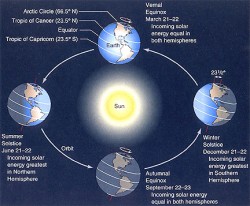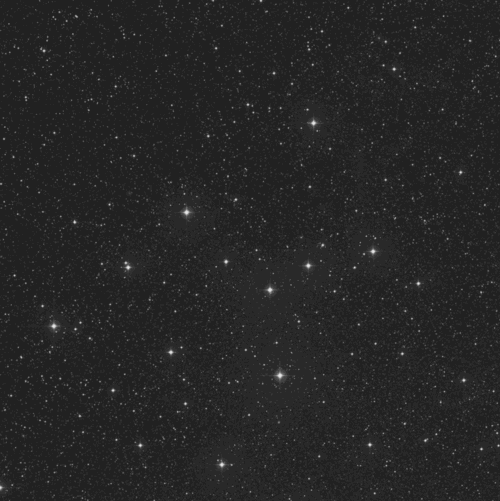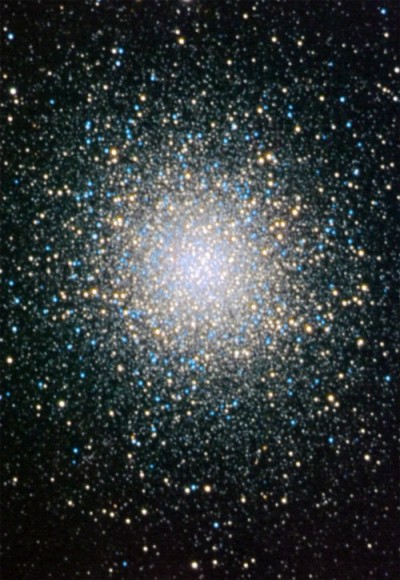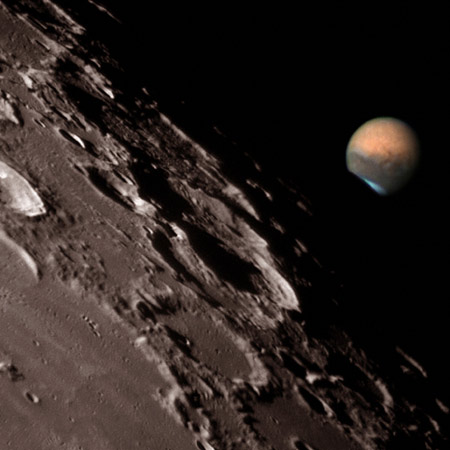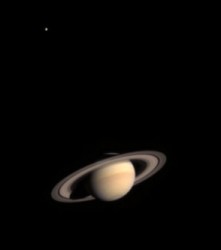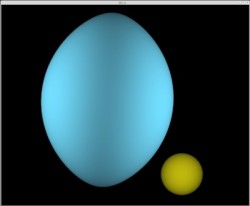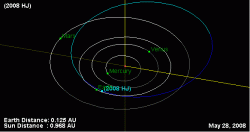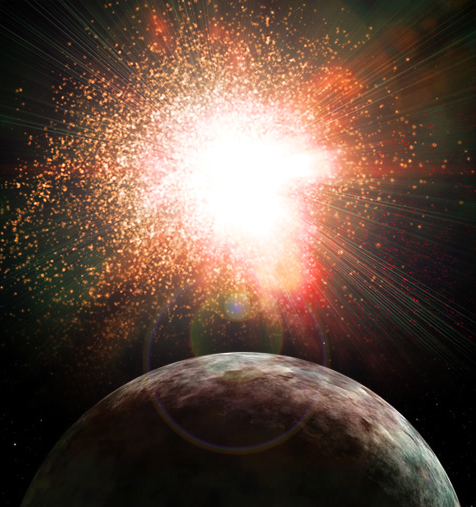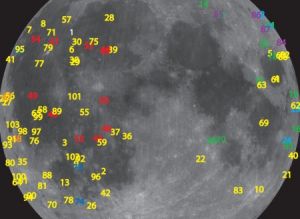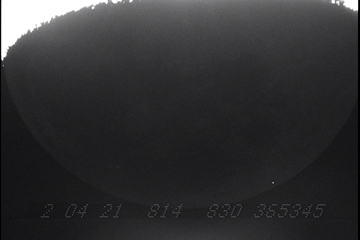Apparently, Planet X (a.k.a. Nibiru) was spotted by astronomers in the early 1980’s in the outermost reaches of the Solar System. It has been tracked by infrared observatories; seen lurking around in the Kuiper Belt and now it is speeding right toward us and will enter the inner Solar System in 2012. So what does this mean to us? Well, the effects of the approach of Planet X on our planet will be biblical, and what’s more the effects are being felt right now. Millions, even billions of people will die, global warming will increase; earthquakes, drought, famine, wars, social collapse, even killer solar flares will be caused by Nibiru blasting through the core of the Solar System. All of this will happen in 2012, and we must begin preparing for our demise right now…
As investigated in my previous article “No Doomsday in 2012“, a lot of weight had been placed on the end of an ancient Mayan calendar, the “Long Count”. According to this calendar and Mayan myth, something is going to happen on December 21st, 2012. Now the world’s Planet X supporters seem to have calculated that this hypothetical, deadly planet will arrive from a highly eccentric orbit to wreak gravitational havoc on Earth, sparking geological, social, economic and environmental damage, killing a high proportion of life… in 2012.
Related 2012 articles:
I’m sorry, but the “facts” behind the Planet X/Nibiru myth simply do not add up. Don’t worry, Planet X will not be knocking on our door in 2012 and here’s why…
Nibiru and Planet X
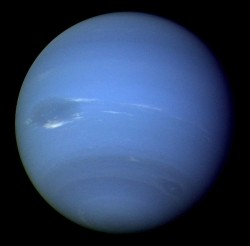
In 1843, John Couch Adams (a British mathematician and astronomer) studied the orbital perturbations of Uranus and deduced that through gravitational interactions, there must be an eighth planet, tugging at the gas giant. This led to the discovery of Neptune, orbiting at a distance of 30AU from the Sun. There have been numerous occasions where this method has been used to deduce the existence of other bodies in the Solar System before they were directly observed.
Neptune was also experiencing orbital perturbations, and on the discovery of Pluto in 1930, it was thought that the aptly named “Planet X” had been discovered. Alas, Pluto’s mass was tiny, and once the orbit of Charon (Pluto’s moon) was analysed it was found that the mass of the Pluto-Charon system was far too small to affect the orbit of Neptune. The hunt for Planet X continued…
After years of speculation and historic research, it was believed that a huge body astronomers were looking for was a huge planet or a small star, possibly a companion to our Sun (making the Solar System a binary system). The name “Nibiru” was unearthed by the author Zecharia Sitchin, on researching the possible intervention of extraterrestrials in the early history of mankind. Nibiru is a hypothetical planet as taught in ancient Sumerian culture (the Sumerians existed from around 6,000BC to 3,000BC, predating Babylon, in the current geographic location of Iraq). There is very little archaeological evidence to suggest this mythical planet has anything to do with Planet X. But since this dubious connection, Planet X and Nibiru are now thought by doomsayers to be the same thing, an ancient astronomical body that has returned after a long orbit beyond the Solar System.
OK, so the Nibiru/Planet X connection might be a bit ropey already, but is there any solid evidence for the modern-day Planet X?
Infrared observations = Planet X
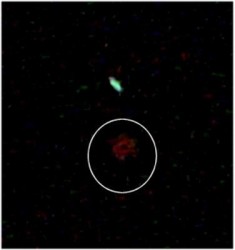
There is much emphasis placed on the 1983 “discovery” of a mysterious heavenly body by NASA’s Infrared Astronomical Satellite (IRAS) on the outskirts of the Solar system, some 50 billion miles (540 AU) away. Naturally the world’s media will have been very excited by such a discovery and began making noises that perhaps this was Planet X (the most popular accessible resources for Planet X advocates is the Washington Post article published on December 31st 1983 titled “Mystery Heavenly Body Discovered“). In actuality, astronomers weren’t sure what the infrared object was (the clue is in the word “mystery”). Initial media reports postulated that it could be a long-period comet, or a planet, or a far-off young galaxy or a protostar (i.e. a brown dwarf). As soon as the last possibility is mentioned, suddenly this became the “discovery” that Planet X was in fact a brown dwarf orbiting in the outer reaches of our Solar System.
“So mysterious is the object that astronomers do not know if it is a planet, a giant comet, a nearby “protostar” that never got hot enough to become a star, a distant galaxy so young that it is still in the process of forming its first stars or a galaxy so shrouded in dust that none of the light cast by its stars ever gets through.” – Thomas O’Toole, Washington Post Staff Writer, December 30th 1983 (from text on the Planet X and Pole Shift website)
So where did the Washington Post get its story? The story was published in response to the research printed a paper titled “Unidentified point sources in the IRAS minisurvey” (by Houck et al, published in Astrophysical Journal Letters, 278:L63, 1984). Dr. Gerry Neugebauer, co-investigator in the IRAS project, was interviewed and strongly stated that what IRAS had seen was not “incoming mail” (i.e. the results did not suggest there was an object approaching Earth). On reading this interesting research, I was especially drawn to the paper’s conclusion:
“A number of candidate identifications have been considered including near-solar system, galactic, and extragalactic objects. Further observations at infrared and other wavelengths may provide additional information in support of one of these conjectures, or perhaps these objects will require entirely different interpretations.” – Houck et al, Astrophysical Journal Letters, 278:L63, 1984.
Although these IRAS observations were seeing mysterious objects, at this stage, there was no indication that there was an object (let alone a brown dwarf) powering its way toward us. But the rumours had already begun to flow. When follow-up papers were published in 1985 (Unidentified IRAS sources – Ultrahigh-luminosity galaxies, Houck et al., 1985) and 1987 (The IRAS View of the Extragalactic Sky, Soifer et al., 1987), there was little if any media interest in their findings. According to these publications, most of the IRAS observations in the 1984 paper were distant, ultra-luminous young galaxies and one was a filamentary structure known as “infrared cirrus” floating in intergalactic space. IRAS never observed any astronomical body in the outer reaches of the Solar System.
Orbital perturbations = Planet X
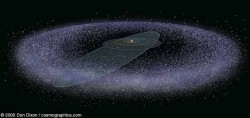
In addition to the 1983 “discovery” of the Planet X brown dwarf, the 1992 Planet X claim goes something like this: “Unexplained deviations in the orbits of Uranus and Neptune point to a large outer solar system body of 4 to 8 Earth masses, on a highly tilted orbit, beyond 7 billion miles from the sun,” – text from an un-cited NASA source on the “Planet X Forecast and 2012 Survival Guide” video.
Pulling up the discovery of planets using orbital perturbation measurements, Planet X advocates point to a NASA announcement that in 1992, there were indirect measurements of a planet some 7 billion miles from Earth. Alas, I cannot find the original source for this claim. The only huge discovery NASA announced along these lines was the discovery of the first major trans-Neptunian object (TNO) called 1992 QB1 (full details of the discovery of this “cubewano-class” object can be found in the original announcement transcript). It has a diameter of 200km and is confined to the Kuiper Belt, a zone of minor planets (where Pluto lives) and asteroids from 30AU to 55AU, just outside Neptune’s orbit. Some of these bodies (like Pluto) cross the path of Neptune’s orbit and there therefore designated as a TNO. These TNO’s pose no threat to the Earth (in as much as they wont be leaving the Kuiper Belt to pay us a visit in 2012).
Since then, any Neptune orbital perturbations have been put down to observational error and have since not been observed… so there doesn’t appear to be any obvious object any bigger than the largest Kuiper Belt objects out there. Still, to keep an open mind, there could be more large bodies to be discovered (that might explain why there is such a steep drop-off of Kuiper Belt objects at the “Kuiper Cliff”, the jury is out on that idea), but there is no evidence for a massive body approaching from the vicinity of the Kuiper Belt. Even the strange Pioneer anomaly that the Pioneer and Voyager probes are experiencing cannot be attributed to Planet X. This anomaly appears to be a Sun-ward acceleration, if there was a massive planet out there, there should be some gravitational effect beyond what has been predicted by the other known objects in the Solar System.
4-8 Earth masses = a brown dwarf? It must be Planet X.

Probably the most glaring inconsistency in the Planet X hypothesis is the Planet X advocates assertion that the 1984 IRAS object and the 1992 body are one of the same thing. As announced on many websites and online videos about Planet X, the 1984 IRAS observation saw Planet X at 50 billion miles from Earth. The 1992 NASA “announcement” put Planet X at a distance of about 7 billion miles from Earth. Therefore, the logic goes, Planet X had travelled 43 billion miles in the course of only eight years (from 1984 to 1992). After some dubious mathematics, Planet X is therefore expected to reach the core of the Solar System in 2012. (Although many believed it should arrive in 2003… they were obviously wrong about that prediction.)
Well, I think we might be clutching at straws here. For starters, for the 1984 object to be the same as the 1992 object, surely they should be the same mass? If Planet X was a brown dwarf (as we are led to believe in the IRAS observations), how can it possibly weigh in at only 4 to 8 Earth masses eight years later? Brown dwarfs have a mass of around 15-80 Jupiter masses. As Jupiter is about 318 Earth masses, surely the object hurtling toward us should have a mass of somewhere between 4,770 and 25,440 Earth masses? So I am going to go out on a limb here and say that I reckon the 1984 object and the 1992 object (if either object actually existed that is) are not the same thing. Not by a very long shot.
If there is no evidence supporting Planet X, it must be a conspiracy
If it can be this easy to cast the fundamental “scientific” theory behind Planet X into doubt, I see little point in discussing the historical reasons (mass extinctions, volcanic activity, earthquakes etc.) as to why the doomsayers believe Planet X should exist. If there is no renegade planet out there of significant mass, how can Nibiru be a threat to us in 2012?
They will have us believe there is a global conspiracy of international governments hiding the facts from us. NASA is involved in the cover-up, hence the lack of evidence. In my opinion, simply because there is no evidence, doesn’t mean there is a conspiracy to hide the truth from the public. So why would governments want to hide a “discovery” as historic as a doomsday planet approaching the inner Solar System anyway? To avoid mass panic and pursue their own, greedy agendas (obviously).
As it turns out, this is the only strength behind the Planet X myth. When confronted with scientific facts, the Planet X advocates reply with “…governments are sending out disinformation and covering up the true observations of Nibiru.” Although I enjoy a good conspiracy theory, I will not support anything in the name of Planet X. If the basic science behind what we are led to believe are the foundation of Planet X existing is wrong, it seems a poor argument to say “the government did it”.
Therefore, the story that Planet X will arrive in 2012-21-December is, in my view, total bunkum (but it helps to sell doomsday books and DVDs by scaring people). Nibiru will remain in the realms of Sumerian myth.
Sources: No Tenth Planet Yet From IRAS, Surviving 2012 and Planet X (Video), The SAO/NASA Astrophysics Data System, New Scientist, IRAS, Planet X and Pole Shift
Here’s information on the 2012 comet, 2012 doomsday
Leading image credits: MIT (supernova simulation), NASA/JPL (extrasolar planet). Effects and editing: myself.
 Once upon a time, a very cool dude named Johannes Kepler was born just two days after Christmas in 1571. Like most of us, he had a pretty rough life. His dad died when he was 5, but he had a great mom who was not only a waitress, but a herbalist as well. One of the best things she ever did for her son was to take him out to watch the “Great Comet of 1577” and a lunar eclipse in 1580. Even though she ended up being later tried for witchcraft, the love of astronomy that she inspired in her son would shape the way we now understand planetary motion.
Once upon a time, a very cool dude named Johannes Kepler was born just two days after Christmas in 1571. Like most of us, he had a pretty rough life. His dad died when he was 5, but he had a great mom who was not only a waitress, but a herbalist as well. One of the best things she ever did for her son was to take him out to watch the “Great Comet of 1577” and a lunar eclipse in 1580. Even though she ended up being later tried for witchcraft, the love of astronomy that she inspired in her son would shape the way we now understand planetary motion.
